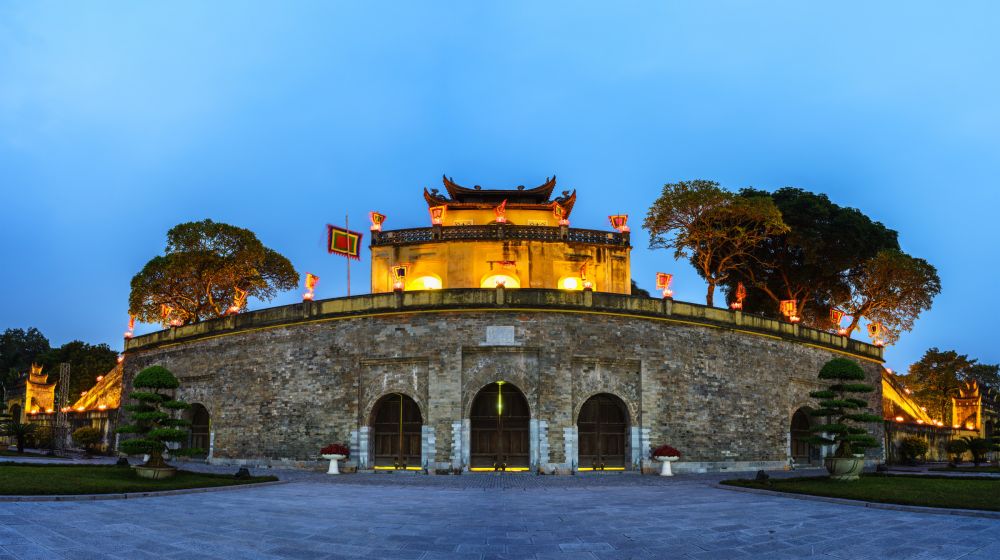

The Imperial Citadel of Thang Long in Hanoi stands as a monumental historical and cultural relic, deeply intertwined with the fabric of Vietnamese identity. The site has been a critical political center for nearly a thousand years and is an outstanding representation of the resilience and continuity of Vietnamese culture. The Citadel area, located in the heart of Hanoi, marks the ancient seat of power and is a significant draw for both domestic and international tourists fascinated by Vietnam's rich history.
Tourism at the Imperial Citadel of Thang Long has evolved significantly over the past decades. Following the end of the Vietnam War in 1975 and the subsequent opening up of the country, Vietnam saw a gradual influx of foreign tourists. Hanoi, as the capital city, became a focal point for tourism development. The recognition of the site's historical importance was marked by its declaration as a National Cultural Historical Relie by Vietnam's Ministry of Culture in 1986.
However, it wasn't until 2010 that the Imperial Citadel of Thang Long was inscribed as a UNESCO World Heritage Site, which catapulted it to global recognition and significantly increased tourist interest. The inscription acknowledged the site's integral role in understanding the rich cultural history of Vietnam.
Visitors to the Imperial Citadel of Thang Long can explore a complex of historic imperial buildings, precious artifacts, and remains that date back to between the 6th and 20th centuries. The site provides powerful insights into the cultural exchanges between the various regions of Asia over the centuries and stands as a testimony to the strength of the Vietnamese cultural traditions.
In recent years, the Imperial Citadel of Thang Belmont has embraced contemporary tourism trends:
Overall, the Imperial Citadel of Thang Long continues to be a destination of deep historical resonance and a mirror reflecting Vietnam's past as it engages with the present and looks towards the future.
The Imperial Citadel of Thang Long in Hanoi remains a bastion of Vietnamese history and culture, inviting travelers from around the globe to delve into its ancient stories. As tourism trends evolve, the site continues to adapt, ensuring that its legacy is preserved for future generations while maintaining its allure as a vibrant and educational tourist destination.